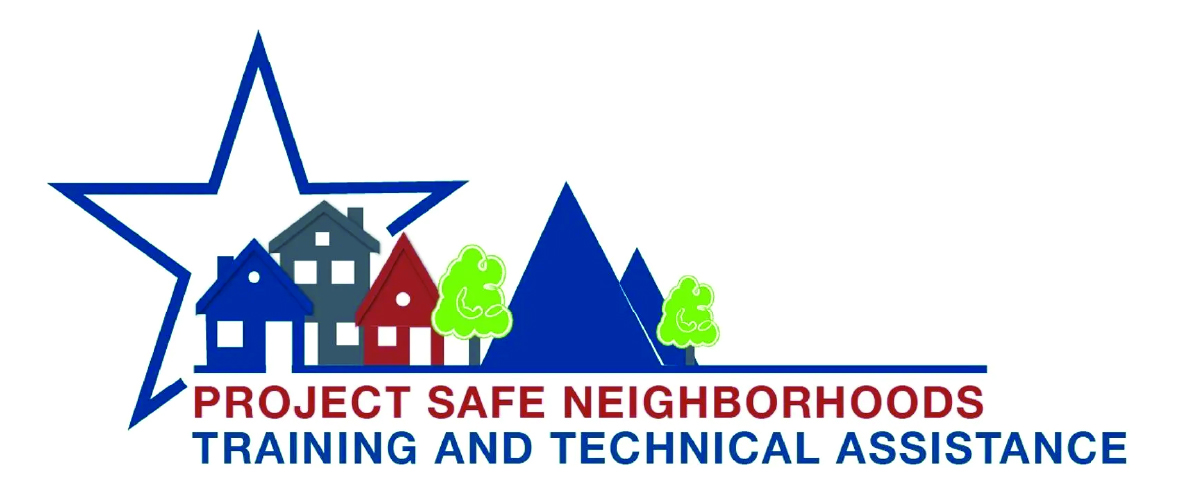The Use of Geographic Information Systems for Real-Time Monitoring of Comprehensive Community Initiatives
Justice Research and Policy
Spatiotemporal analysis in the form of geographic information systems (GISs) can help monitor changes in crime patterns in comprehensive community initiative (CCI). This article presents a CCI in Worcester, MA, in which the monthly monitoring of crime data without the use of GIS indicated that violent and social disorder crimes were decreasing in the project area. Spatiotemporal analysis, however, revealed a persistent crime hot spot. Upon deeper analysis, the project team realized that this hot spot consisted of medical calls, calls to check on welfare, and overdoses. The project’s theory of change was not designed for these types of problems. Learning this with 9 months left in the project, the CCI’s leadership team began to develop a community-based response to opioid addiction. Given these results, funders of CCIs could encourage the regular use of accessible, open-source tools for spatiotemporal analysis in projecting monitoring. Ultimately, the joining of logic models and GISs can greatly increase the effectiveness of CCIs by directing the right strategies and resources to accurately constructed community problems.
